One Festival, Many Customs: Handmade Forts to Narkasur, 5 Places with Unique Diwali Traditions!
Even as we all relish the delicious snacks and create intricate rangolis, some states follow their own unique traditions over these five days. Here is is a look at five of them.
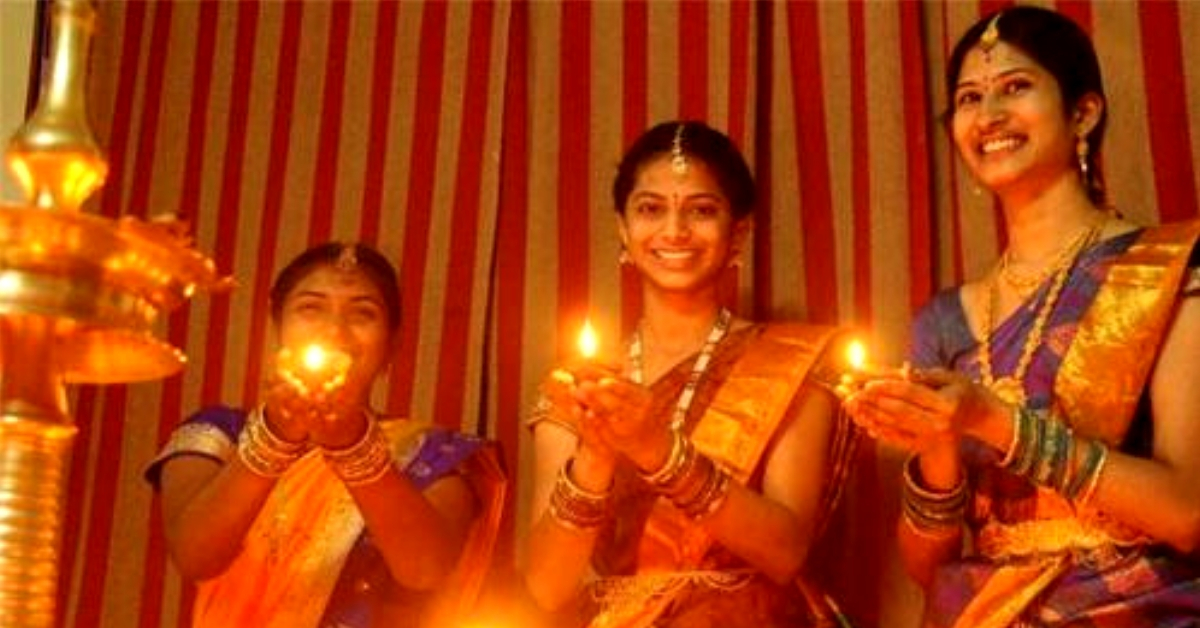
I take a plate of diyas to the staircase, carefully minding my new lehenga and its dupatta. My mother is already serving snacks to the guests, and I can smell the freshly-made laddoos and chaklis. As I place the last diya at the centre of the rangoli, a firecracker goes off somewhere in the distance.
No matter which part of India you come from, your Diwali wouldn’t be very different from mine because the festival of lights is celebrated across the country.
However, even as we all relish the delicious snacks and create intricate rangolis, some states follow their own unique traditions over these five days. Here is is a look at five of them:
1. Goa
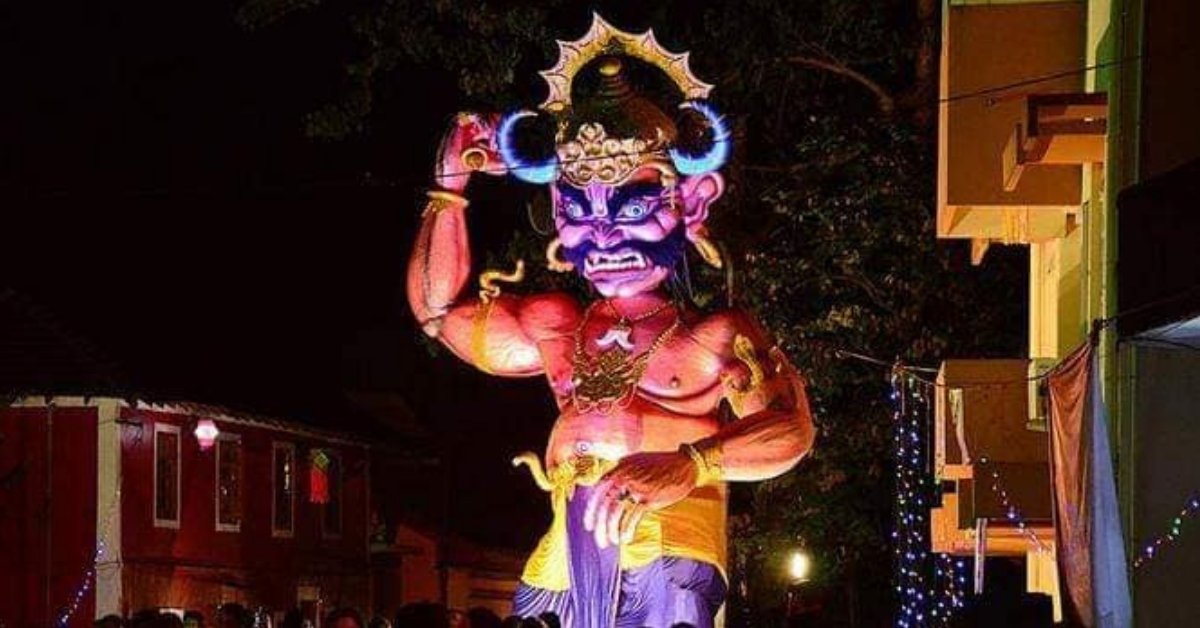
Goa celebrates the victory of Lord Krishna over Narakasura on the eve of Diwali. It is believed that Krishna killed the demon in the wee hours of the morning and to symbolise this, Goans wake up and bathe with scented oils before sunrise. But what truly stands apart is their custom of “burning Narakasura,” where effigies of the demon are set on fire.
The effigies are paraded in the streets of Goa before being brought to the designated place where one person “beheads” or burns the demon, symbolising the triumph of good over evil.
2. Maharashtra
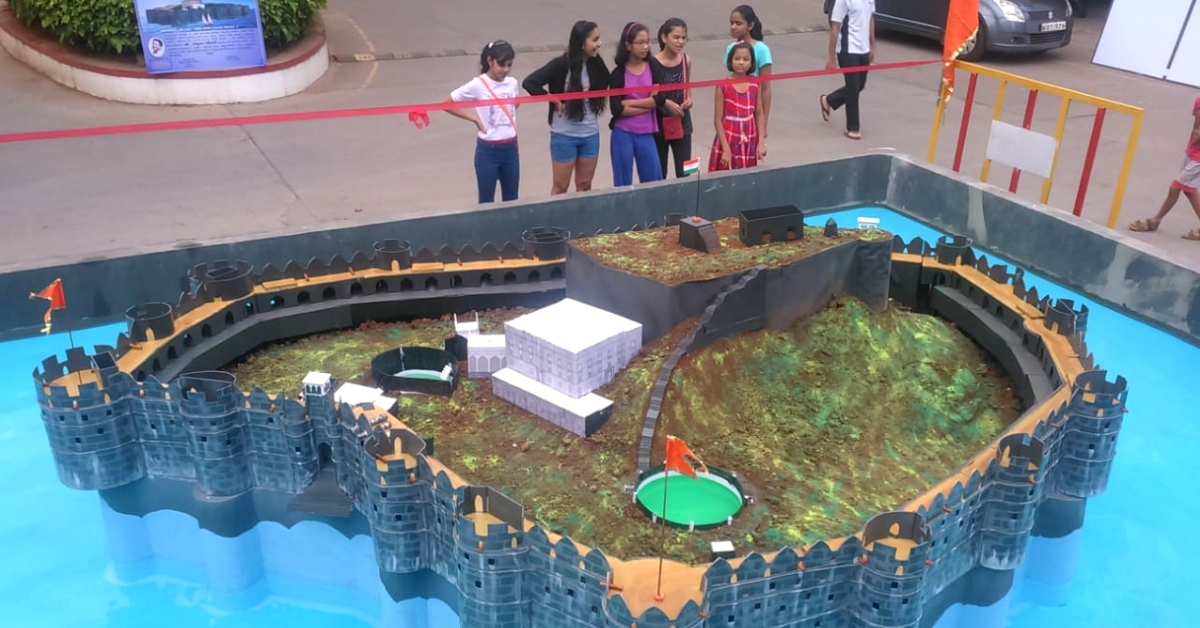
During Diwali season, it is a custom in many parts of Maharashtra to create mud forts that are replicas of forts that were once ruled by Shivaji. Growing up, all the kids in my housing society would get together weeks before Diwali to plan the fort that we would build. We would gather stones, arrange them, cover them with a gunny bag, and then apply mud carefully all over the structure.
People also plant seeds on the wet mud and water them, to add to the greenery of the fort. Apart from this tradition being a fun activity for kids during the festival, I personally believe that it teaches them about the magnificent forts in Shivaji’s kingdom.
If you visit Maharashtra before Diwali, you’ll see figurines of Shivaji, his army of “Mavlas,” Jijabai, cannons, and even tigers on sale along with lanterns and diyas, that are placed over the fort on the first day of Diwali. We even used to go as far as placing the Mavlas strategically “in case of an attack.”
At night, small lamps are placed over the fort—a perfect display of history combined with the festival that celebrates an epic.
3. Jharkhand, Bihar, Uttar Pradesh
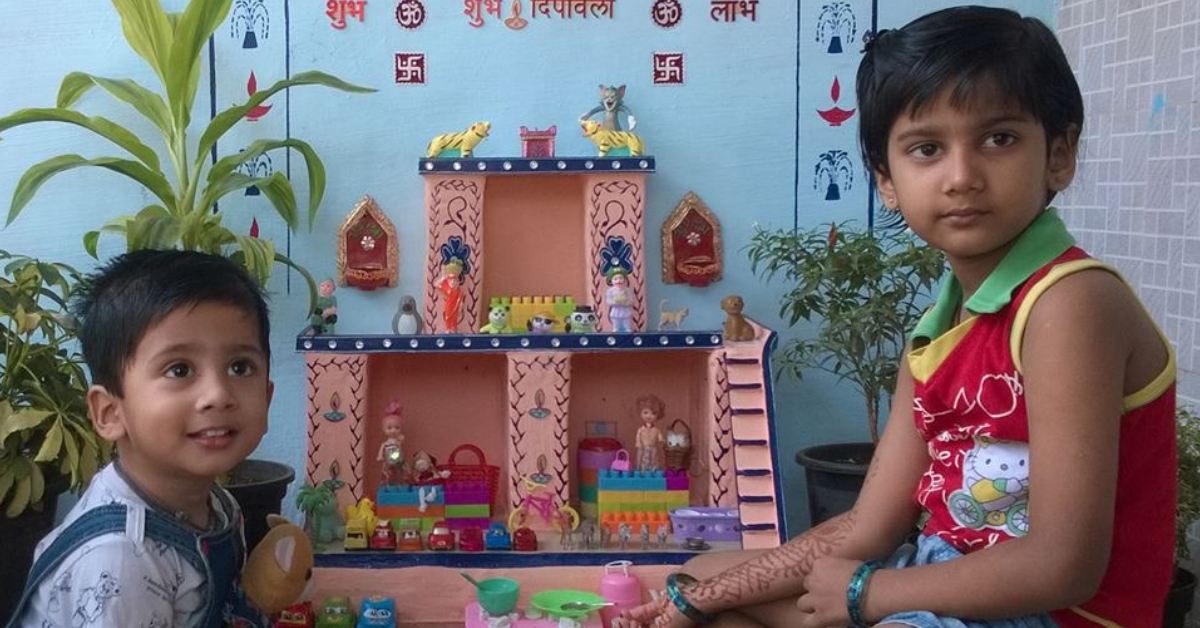
Symbolising Lord Ram’s return to home after a 14-year exile, the states of Jharkhand, Bihar and Uttar Pradesh build mud houses in courtyards or inside houses.
These houses, traditionally known as ‘Gharondas,’ are meant to welcome the god. Speaking to India Today, Ansuya Bakshi said, “I remember making “gharondas” or mud dollhouses during Diwali. We’d get all dirty and have a great time shaping out the little houses. They would be placed in the courtyard as proud displays! In my time we would use clay, but last Diwali, my grandchildren and their friends collected bricks and shaped a small hut complete with windows and doors on them!”
Nowadays, thermocol, cardboard and wood have replaced mud, and multi-storeyed buildings with balconies and doors have replaced the simple cottages. But the essence of the custom—to symbolise Lord Ram’s arrival—remains intact.
4. Tamil Nadu

On the eve of Naraka Chaturdashi, the elders of the house clean the vessel in which water is usually heated. Although a geyser has now replaced traditional vessels, the custom stays. A beautiful rangoli with a sun and a moon decorates the vessel or geyser. The new clothes bought for Diwali, along with sesame oil, shikakai, sweets and savouries are offered to God. A herbal mixture, called Deepavali legiyam (or marundhu, meaning medicine) which keeps the digestive system healthy, is also offered.
You may also like: Looking For ‘Green Crackers’? This Assam Village Has Been Making Them For More Than 130 Years
Tamilians wake up before dawn to celebrate Naraka Chaturdashi. Turn by turn and according to age, family members sit on the maanai (wooden seat) while the eldest woman in the house anoints them with sesame oil.
The younger children then go outside the house and burst a cracker to symbolise Lord Krishna killing Narakasura, following which they bathe with shikakai. All this is done before sunrise.
5. Himachal Pradesh
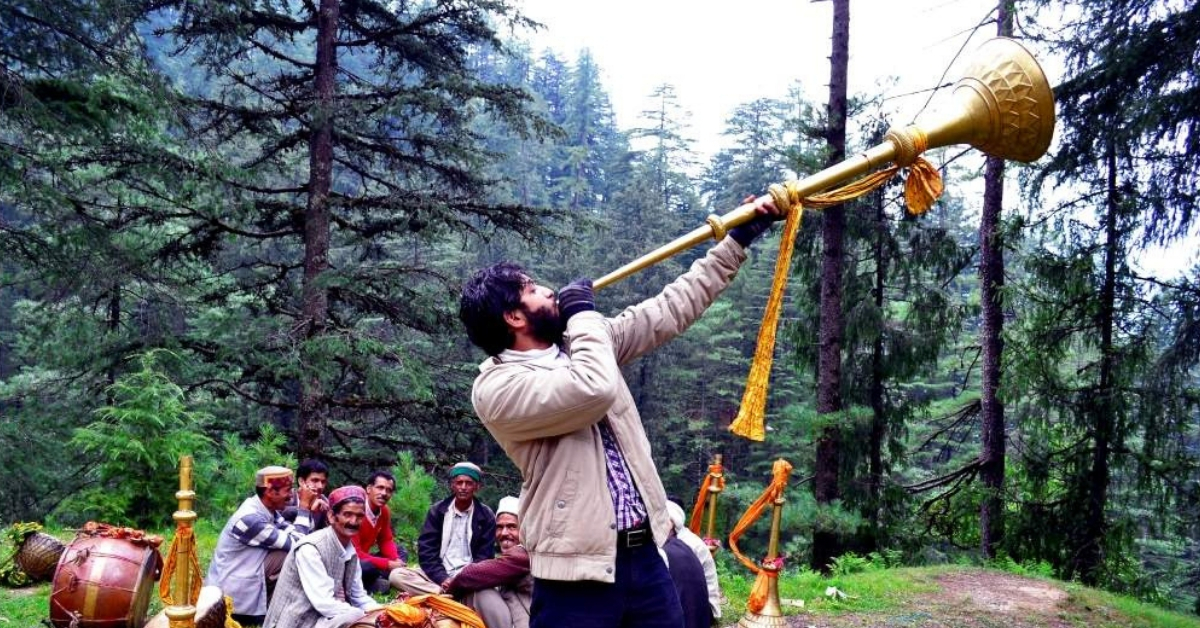
About a month after the end of Diwali celebrations in the country, Himachal Pradesh begins to celebrate “Buddhi Diwali” (dark Diwali or old Diwali). To be precise, these celebrations begin on the first new moon night or Amavasya after Diwali every year.
According to the website Himvani, while people had started celebrating Ram’s arrival, the good news reached Himachal Pradesh only a month later, hence the tradition.
Better to be late than never celebrate, right?
You may also like: Stay Fit Without Skipping The Mithai: The Guilt-Free Guide to Eating Smart This Diwali!
The killing of the demons, Dano and Asura who, according to traditional beliefs, lived there in the form of snakes, is also celebrated.
Previously, villagers would sacrifice an animal to signify these killings. But since the Himachal Pradesh High Court has directed them to stop this practice, they break a coconut instead.
Speaking to Tribune India, Joginder Shukla, a resident of the Nirmand village said, “According to the ritual, people dance during the daytime forming a long chain with a huge rope. Outsiders are not allowed to take part in the dance activity.”
(Edited by Gayatri Mishra)
Like this story? Or have something to share?
Write to us: [email protected]
Connect with us on Facebook and Twitter.
If you found our stories insightful, informative, or even just enjoyable, we invite you to consider making a voluntary payment to support the work we do at The Better India. Your contribution helps us continue producing quality content that educates, inspires, and drives positive change.
Choose one of the payment options below for your contribution-
By paying for the stories you value, you directly contribute to sustaining our efforts focused on making a difference in the world. Together, let’s ensure that impactful stories continue to be told and shared, enriching lives and communities alike.
Thank you for your support. Here are some frequently asked questions you might find helpful to know why you are contributing?


This story made me
-
97
-
121
-
89
-
167













